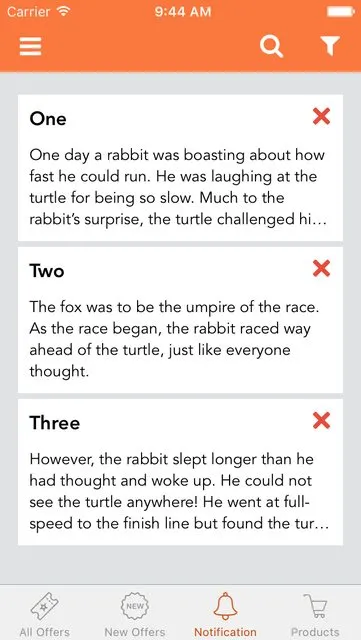尝试最佳使用Swift闭包:简单、快速和易于理解。
在cellForRowAtIndexPath方法中:
let cell = tableView.dequeueReusableCell(withIdentifier: "CustomCellIdentifier", for: indexPath) as! CustomCell
cell.btnTick.mk_addTapHandler { (btn) in
print("You can use here also directly : \(indexPath.row)")
self.btnTapped(btn: btn, indexPath: indexPath)
}
在cellForRowAtIndexPath方法之外使用的选择器方法:
func btnTapped(btn:UIButton, indexPath:IndexPath) {
print("IndexPath : \(indexPath.row)")
}
UIButton的扩展:
extension UIButton {
private class Action {
var action: (UIButton) -> Void
init(action: @escaping (UIButton) -> Void) {
self.action = action
}
}
private struct AssociatedKeys {
static var ActionTapped = "actionTapped"
}
private var tapAction: Action? {
set { objc_setAssociatedObject(self, &AssociatedKeys.ActionTapped, newValue, .OBJC_ASSOCIATION_RETAIN) }
get { return objc_getAssociatedObject(self, &AssociatedKeys.ActionTapped) as? Action }
}
@objc dynamic private func handleAction(_ recognizer: UIButton) {
tapAction?.action(recognizer)
}
func mk_addTapHandler(action: @escaping (UIButton) -> Void) {
self.addTarget(self, action: #selector(handleAction(_:)), for: .touchUpInside)
tapAction = Action(action: action)
}
}

tableView.deleteSections(NSIndexSet(index: sender.tag), withRowAnimation: .None)即可。 - Ozgur Vatansever